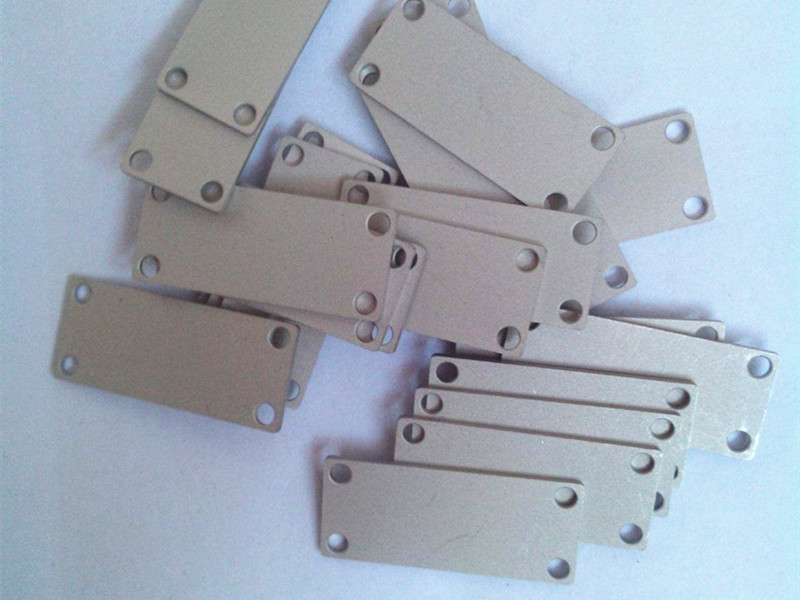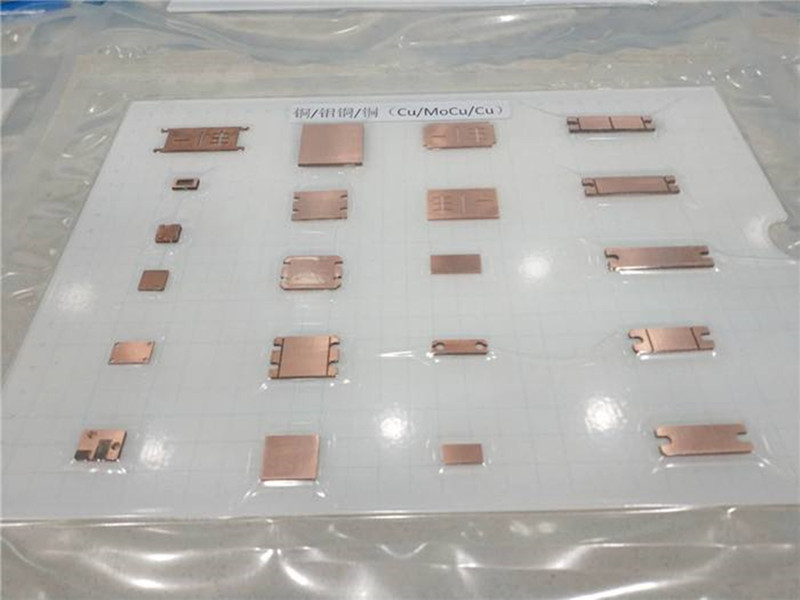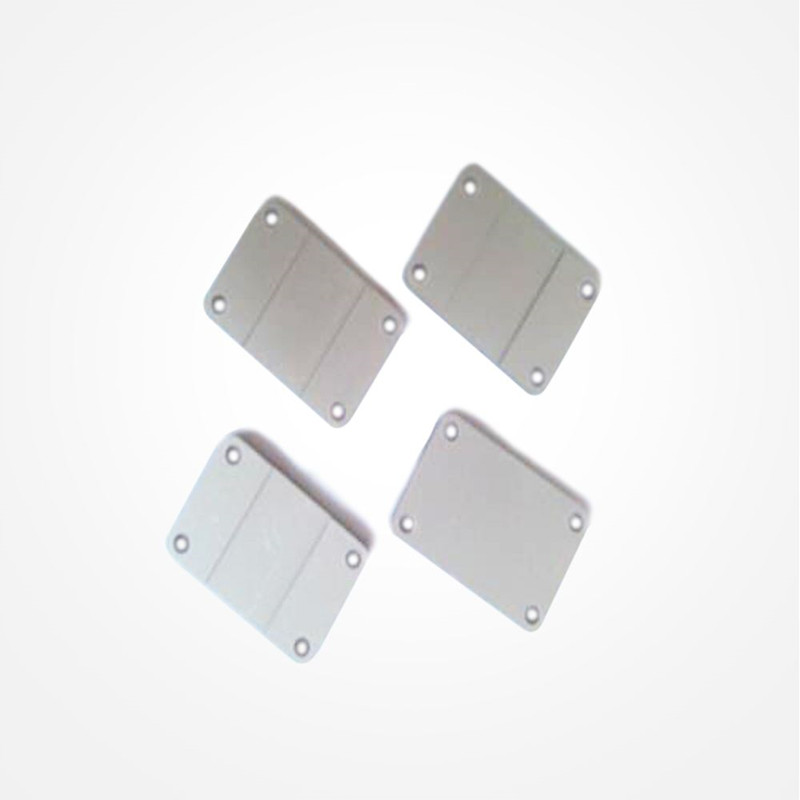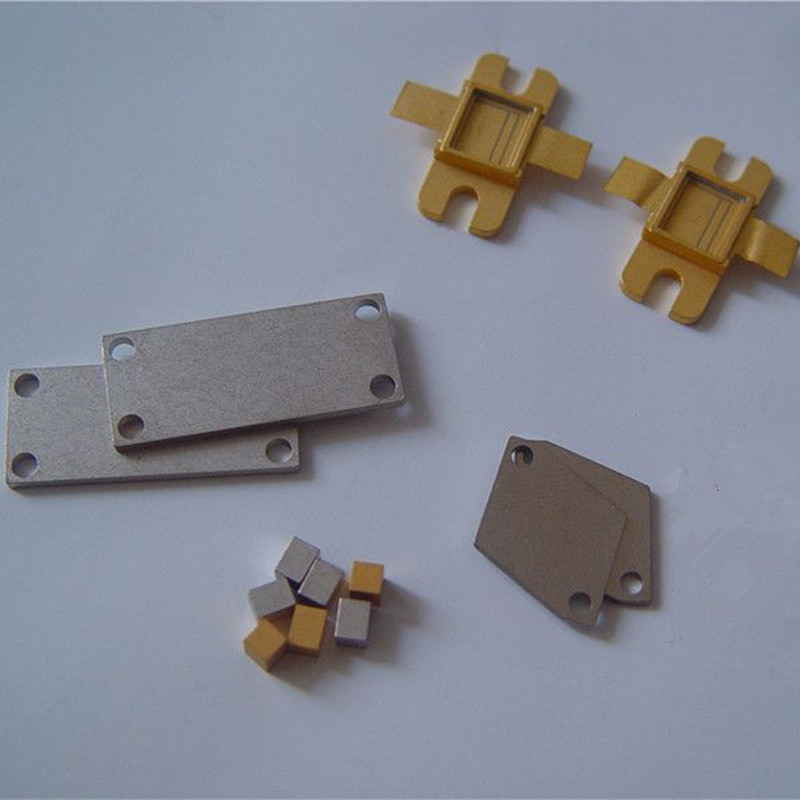
China wholesale Pom Machining - CMC CuMoCu Heat Sink – Fotma
China wholesale Pom Machining - CMC CuMoCu Heat Sink – Fotma Detail:
CMC CuMoCu Material Application
Low Expansion Layers and Thermal Paths for Heat Sinks, Lead Frames, Multi-layer Printed Circuit Boards (PCBs), etc.
Heat sink material on aircraft, heat sink material on radar.

CMC Heat Sink Advantages
1. CMC composite adopts a new process, multilayer copper-molybdenum-copper, the bonding between copper and molybdenum is tight, there is no gap, and there will be no interface oxidation during subsequent hot rolling and heating, so that the bonding strength between molybdenum and copper is excellent, So that the finished material has the lowest thermal expansion coefficient and the best thermal conductivity;
2. The molybdenum-copper ratio of CMC is very good, and the deviation of each layer is controlled within 10%; SCMC material is a multi-layer composite material. The structural composition of the material from top to bottom is: copper sheet – molybdenum sheet – copper sheet – molybdenum sheet… copper sheet, it can be composed of 5 layers, 7 layers or even more layers. Compared with CMC, SCMC will have the lowest thermal expansion coefficient and the highest thermal conductivity.

Grade of CMC Cu-Mo-Cu Materials
| Grade | Density g/cm3 | Coefficient of thermal Expansion ×10-6 (20℃) | Thermal conductivity W/(M·K) |
| CMC111 | 9.32 | 8.8 | 305(XY)/250(Z) |
| CMC121 | 9.54 | 7.8 | 260(XY)/210(Z) |
| CMC131 | 9.66 | 6.8 | 244(XY)/190(Z) |
| CMC141 | 9.75 | 6 | 220(XY)/180(Z) |
| CMC13/74/13 | 9.88 | 5.6 | 200(XY)/170(Z) |
| Material | Wt% Molybdenum Content | g/cm3 Density | Thermal conductivity at 25℃ | Coefficient of thermal Expansion at 25℃ |
| S-CMC | 5 | 9.0 | 362 | 14.8 |
| 10 | 9.0 | 335 | 11.8 | |
| 13.3 | 9.1 | 320 | 10.9 | |
| 20 | 9.2 | 291 | 7.4 |
Product detail pictures:




Related Product Guide:
We thinks what clients think, the urgency of urgency to act from the interests of a purchaser position of principle, allowing for greater top quality, decrease processing costs, price ranges are much more reasonable, won the new and aged prospects the support and affirmation for China wholesale Pom Machining - CMC CuMoCu Heat Sink – Fotma , The product will supply to all over the world, such as: French, Sacramento, Spain, We have to continue to uphold the "quality, comprehensive, efficient" business philosophy of "honest, responsible, innovative"spirit of service, abide by the contract and abide by reputation, first-class products and improve service welcome overseas customers patrons.
The customer service reprersentative explained very detailed, service attitude is very good, reply is very timely and comprehensive, a happy communication! We hope to have a opportunity to cooperate.
